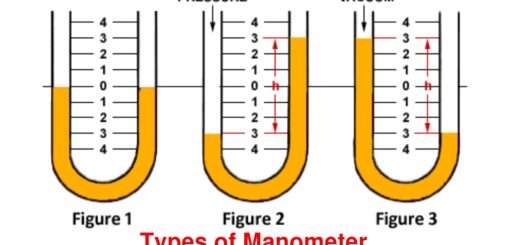Coriolis Flow Transmitter Working

Coriolis Flow Transmitter Working
Coriolis Flow Transmitter Working
What is the Coriolis Force?
Before understanding the Coriolis flow transmitter, let’s understand what is Coriolis force? When an object is moving in a rotating environment force is acting perpendicular to its reference path is called Coriolis force. The deflection caused by the Coriolis force is called the Coriolis effect. In reality, the object doesn’t change its path but due to Coriolis’s force, it seems like that. These phenomena cause the path of rotating fluid (air, water) to a curved one. As the earth continuously rotates point on the equator will rotate faster than two pole points. The object thrown to the north from the equator will deflect to the right side of the throwing point while the object thrown to the south from the equator will deflect to the left side of the throwing point.
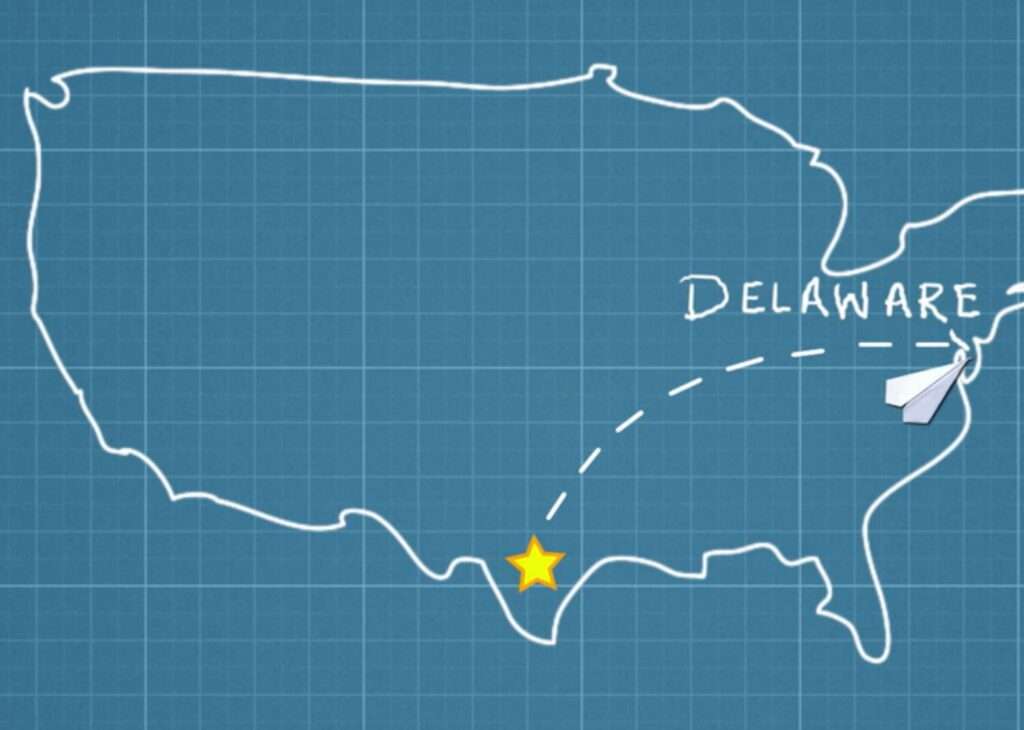
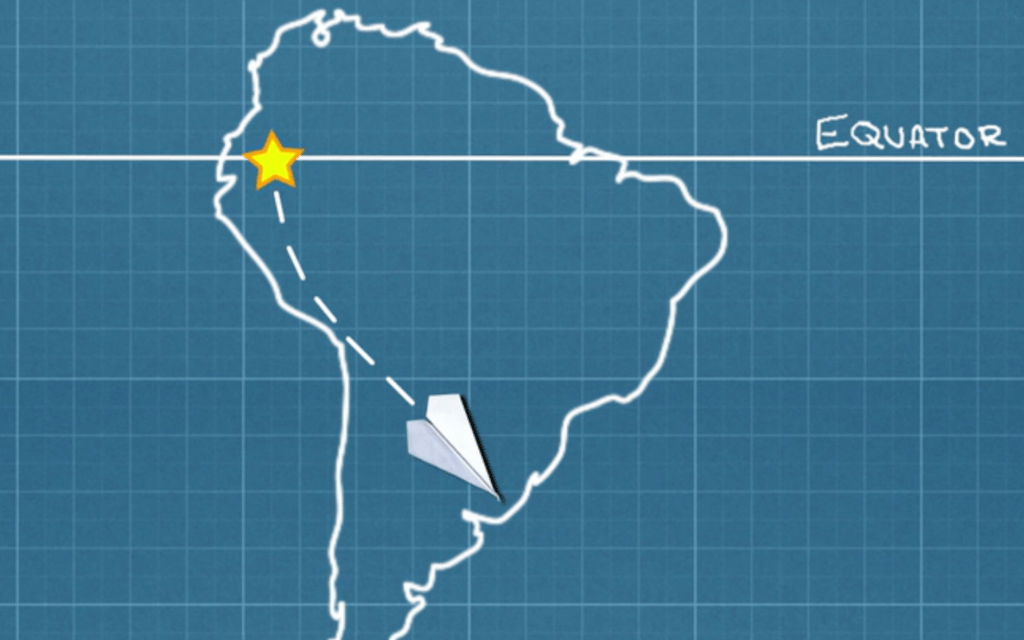
Coriolis meter works on the principle of Coriolis force. It directly measures Mass rate and density witch other meters can’t measure. This is why the Coriolis meter is very popular in the industry. It measures very preciously. As it measures the mass flow rate directly the effect of temperature and pressure is null.
Coriolis Flow Transmitter Working and Design:
Here two parallel U-shaped tubes are fitted inside the meter. The drive coil will oscillate the tubes in natural frequency. Two sensors are fitted at the inlet and the outlet. Sensors will measure the frequency and oscillation preciously. When no fluid is flowing through tubes at that time tubes oscillate with a natural frequency that situation is called in-phase. The sine wave generated by sensors is the same for both tubes.

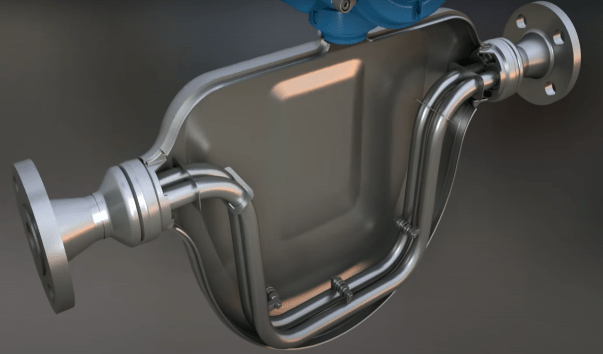
As fluid starts flowing in the tube Coriolis force comes in picture. Due to Coriolis forces tubes start to twist. Due to this the sine wave generated by sensors will change and cause a time shift in the tubes oscillation curve which is shown in the images.
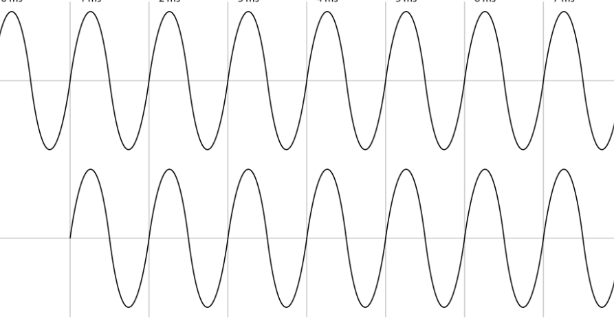
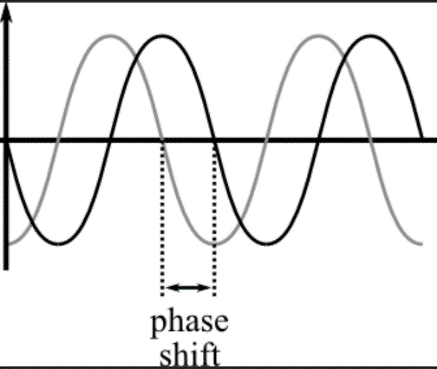
The time shift is known as Δt. Which is directly proportional to mass flow rate. The greater the time shift higher will be the mass flow rate and vice versa.
To measure the frequency we need to go through the frequency of tubes when fluid is in the tube. The frequency represents the density of the fluid. The higher the frequency lower will be the density and vice versa. For higher density fluid oscillation will be low. i.e. Oscillation for water will be higher than glycerine.
Advantages of Coriolis flow meter:
- These meters can measure a wide range of fluids. It is independent of Reynold’s number. It is compatible with different fluids like slurries, Newtonian fluids, and non-newtonian fluids.
- The major advantage is it measures mass flow rate directly which other instruments can not.
- It is very accurate.
- It has a very wide range ability.
- It can be used to measure the mass flow rate, volumetric flow rate, Density, and temperature of the fluid.
- Very low maintenance is needed.
Disadvantages of Coriolis flow meter:
- Can’t be used for large pipelines.
- Can’t measure low-pressure gas flow rates.
- Very high initial investment.
Reference:- instrumentationtools, automationforum, instrumentationapplication, visaya.solutions

